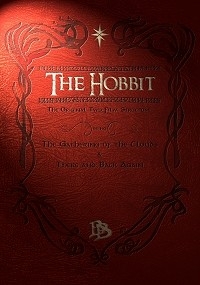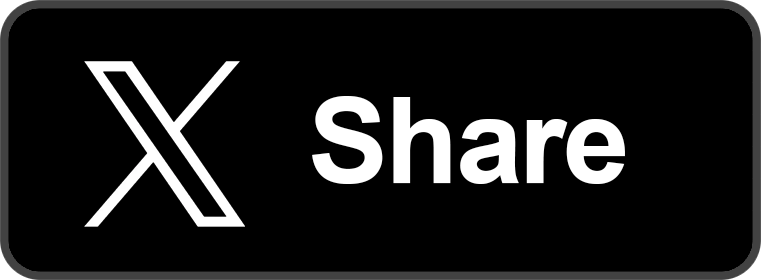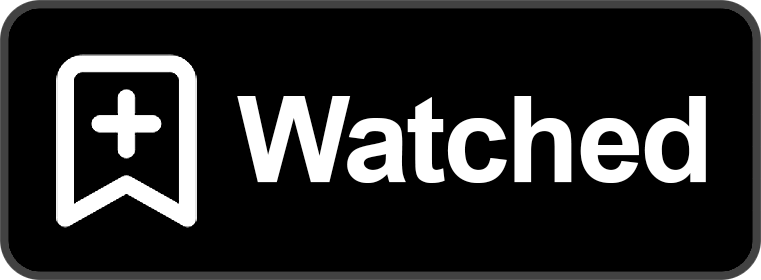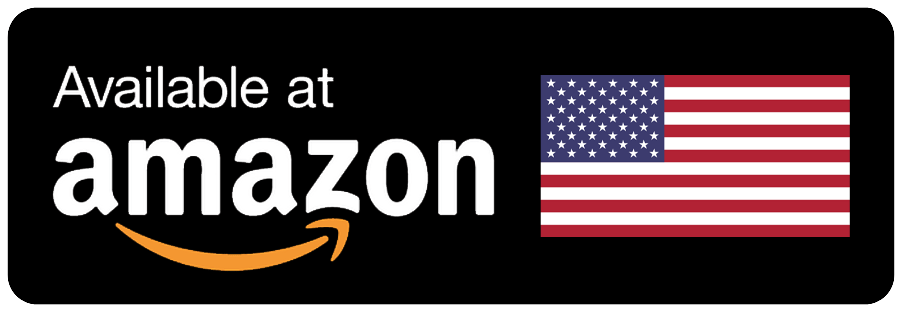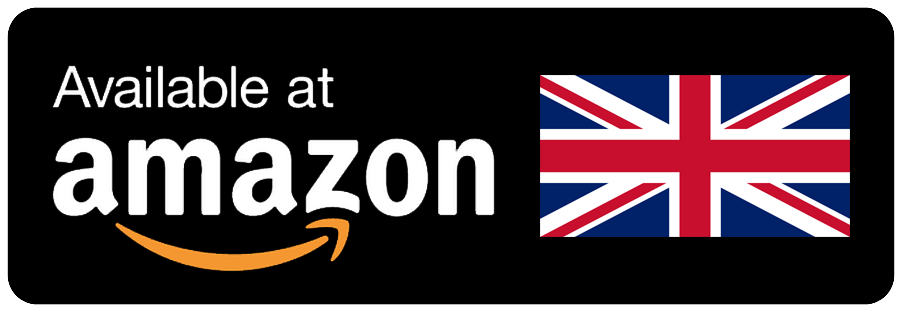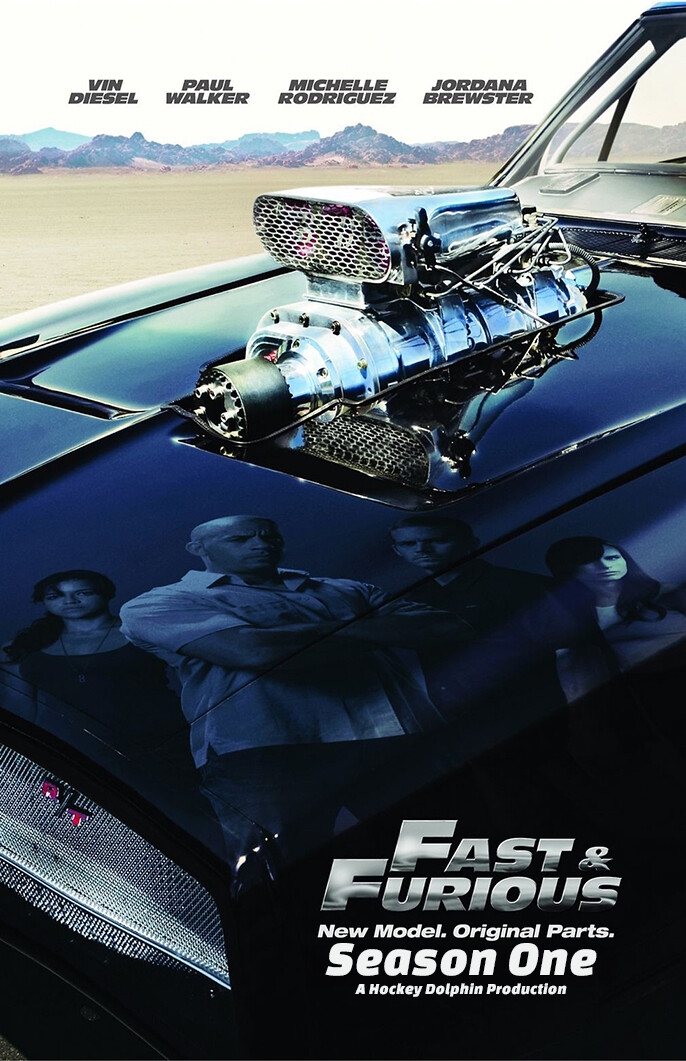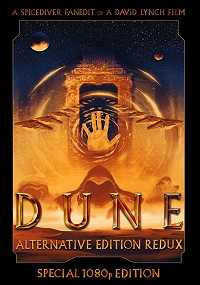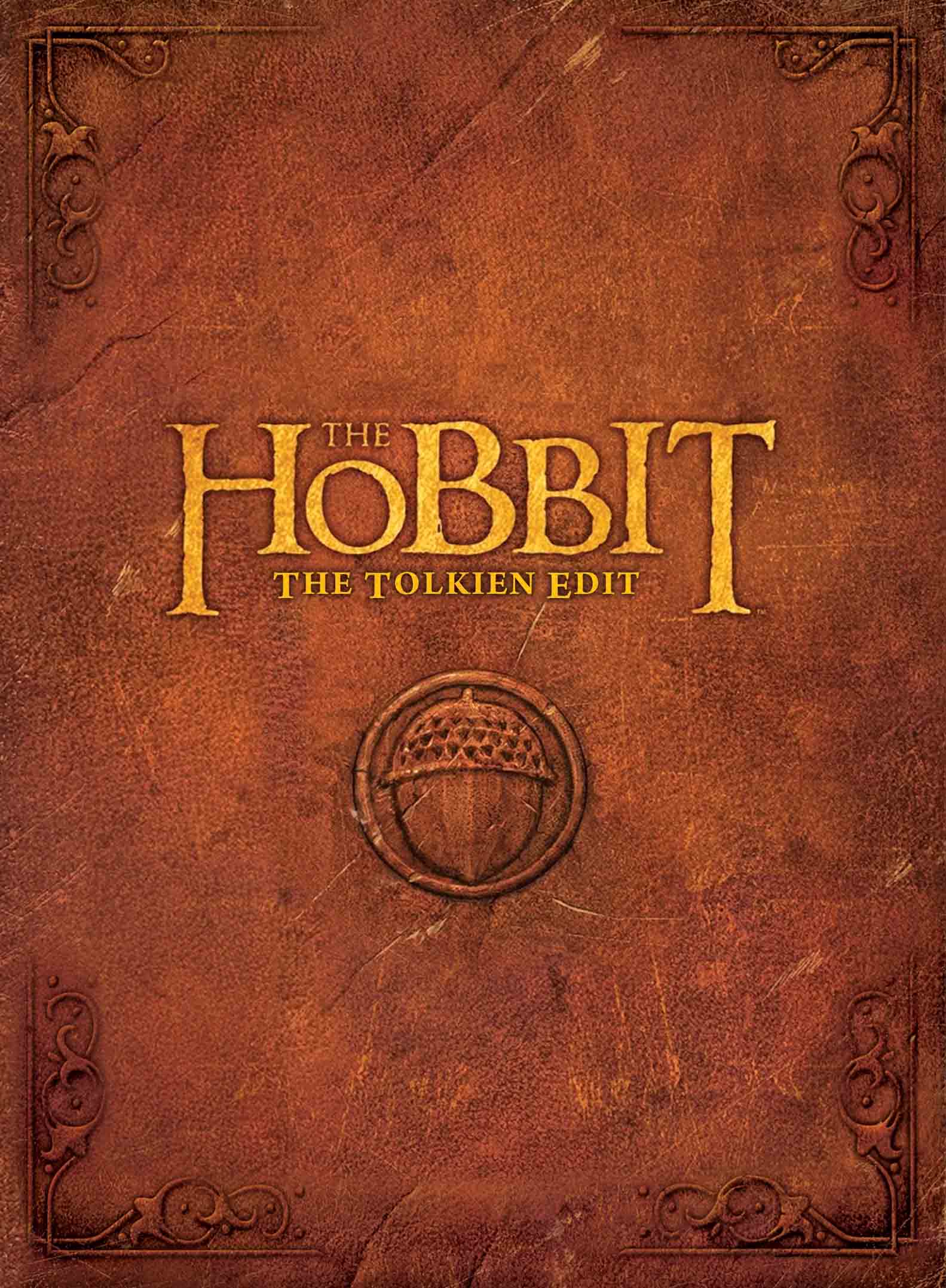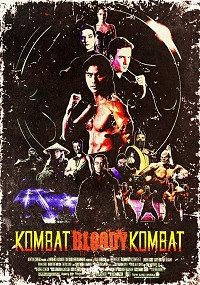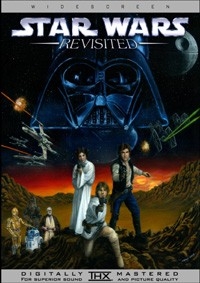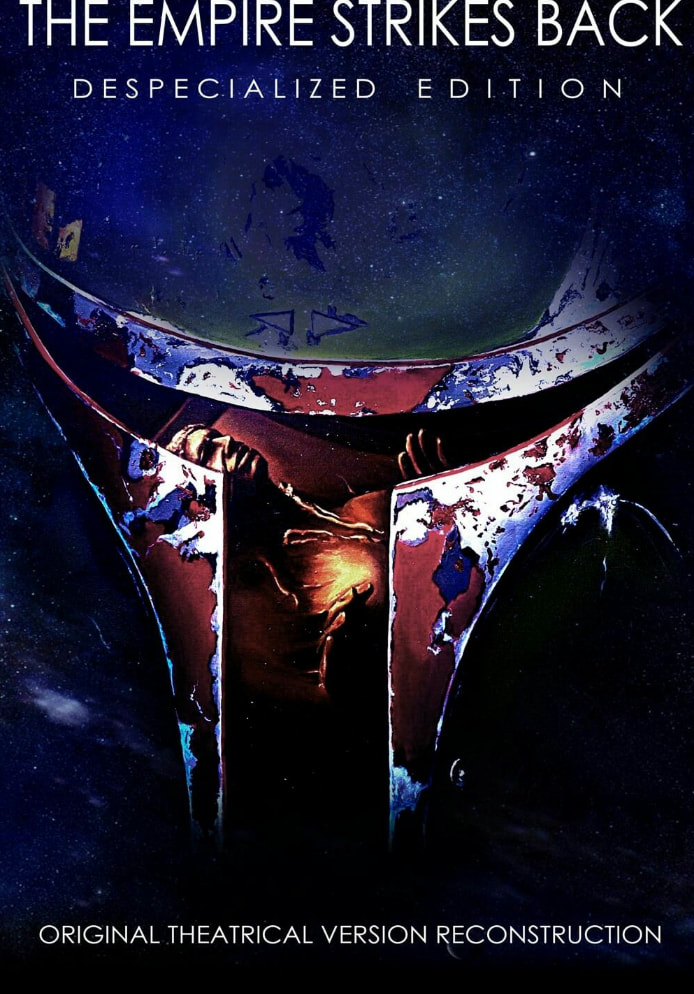The Hobbit: The Original Two-Film Structure
Updated: 3rd May 2024
| MRDb Rating | Your Rating | MRDb Chart | Views | Reviews | |
| No votes | Review to Rate | Not yet rated | 0 | 0 |
Faneditor: Adam Dens 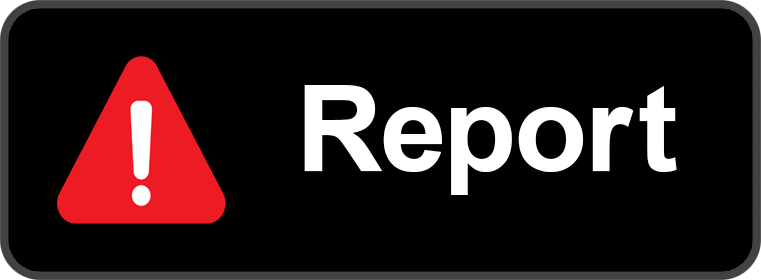
Fanedit Type: FanMix
Fanedit Release Date: 1st August 2018
Fanedit Runtime: 6h:35m:0s
Time Cut: 2h:29m:0s
Time Added: 0h:2m:0s
Franchise: Lord of the Rings
Genre: Adventure • Fantasy
Original Title: The Hobbit: An Unexpected Journey (2012) The Hobbit: The Desolation of Smaug (2013)
The Hobbit: The Desolation of Smaug (2013)  The Hobbit: The Battle of the Five Armies (2014)
The Hobbit: The Battle of the Five Armies (2014) 
Original Release Date: 1st January 2012
Original Runtime: 9h:2m:0s
Certificate:
Format: Blu-Ray/Digital
Resolution:
Sound Mix:
Language:
Subtitles:



Fanedit Type: FanMix
Fanedit Release Date: 1st August 2018
Fanedit Runtime: 6h:35m:0s
Time Cut: 2h:29m:0s
Time Added: 0h:2m:0s
Franchise: Lord of the Rings
Genre: Adventure • Fantasy
Original Title: The Hobbit: An Unexpected Journey (2012)
 The Hobbit: The Desolation of Smaug (2013)
The Hobbit: The Desolation of Smaug (2013)  The Hobbit: The Battle of the Five Armies (2014)
The Hobbit: The Battle of the Five Armies (2014) 
Original Release Date: 1st January 2012
Original Runtime: 9h:2m:0s
Certificate:
Format: Blu-Ray/Digital
Resolution:
Sound Mix:
Language:
Subtitles:


Synopsis:
A new edit of The Hobbit, two years in the making, inspired by the original two-film script. The first film, The Gathering of the Clouds, tells the story of Bilbo, who is whisked away on an adventure to save the homeland of a band of thirteen dwarves by Gandalf the wizard. During his travels Bilbo discovers his own resourcefulness and courage, as a plot unfolds that might affect all the lands of Middle-Earth. The Second film, There and Back Again, sees Bilbo and his companions tested as their adventure takes an unwelcome turn. Their quest becomes entangled in a battle for the fate of Middle-Earth. And yet, the greatest dangers may lie within. This high quality edit provides a more focused telling of the classic story, with completely restructured and even partially rewritten plot lines. It is heavily inspired by Tolkien lore. Each film has a clear beginning, middle, and end, both in plot lines and character arcs. The tone is more similar to The Lord of the Rings Trilogy, and it's color correction has been completely redone to create a visually consistent, five part saga.
A new edit of The Hobbit, two years in the making, inspired by the original two-film script. The first film, The Gathering of the Clouds, tells the story of Bilbo, who is whisked away on an adventure to save the homeland of a band of thirteen dwarves by Gandalf the wizard. During his travels Bilbo discovers his own resourcefulness and courage, as a plot unfolds that might affect all the lands of Middle-Earth. The Second film, There and Back Again, sees Bilbo and his companions tested as their adventure takes an unwelcome turn. Their quest becomes entangled in a battle for the fate of Middle-Earth. And yet, the greatest dangers may lie within. This high quality edit provides a more focused telling of the classic story, with completely restructured and even partially rewritten plot lines. It is heavily inspired by Tolkien lore. Each film has a clear beginning, middle, and end, both in plot lines and character arcs. The tone is more similar to The Lord of the Rings Trilogy, and it's color correction has been completely redone to create a visually consistent, five part saga.
Intentions:
My intention was threefold: - To create a tonally consistent five part Middle-Earth saga by re-editing the The Hobbit films into the originally intended two-film structure. - To find the perfect sweet spot between being truthful to the source material, being consistent in tone with the The Lord of the Rings trilogy, and presenting two exciting and well-balanced films in their own right, each with their own arcs, that engage the audience from start to finish. - To present these films without any compromise in quality. Hypothetically, someone who has never seen the films should at no point realize they are watching a re-edited version.
My intention was threefold: - To create a tonally consistent five part Middle-Earth saga by re-editing the The Hobbit films into the originally intended two-film structure. - To find the perfect sweet spot between being truthful to the source material, being consistent in tone with the The Lord of the Rings trilogy, and presenting two exciting and well-balanced films in their own right, each with their own arcs, that engage the audience from start to finish. - To present these films without any compromise in quality. Hypothetically, someone who has never seen the films should at no point realize they are watching a re-edited version.
Change List:
The main strategy used was a focus on character. Anything that did not focus on Bilbo, his growth as a character, his relationship with Thorin, Thorin's redemption story or his experiences throughout his adventures, and that wasn't absolutely necessary for the plot, was considered for cutting. These films try to cut to the true heart of the story. The subplot concerning the necromancer was kept.. I felt the filmmakers were on to something when they decided to include the story. All the Orcish dialogue has been rewritten, however. There is a much greater understanding of the Necromancer's plan, and the plot is connected much clearer to the lore of the Rings of Power. This way, it makes a worthy connection to The Lord of the Rings, as well as some references to TOlkien lore that the filmmakers did not have the rights to. Cuts and Additions: Omissions: - Frodo makes a cameo, but his dialogue with Bilbo has been deleted. - Blunt The Knives has been deleted. - The Warg Chase to Rivendell has been deleted. - The Battle Scene in the Goblin Tunnels has been deleted. - The Eagle Rescue, sadly, has been deleted. No matter how I edited it, this scene falls at the 2 hour mark, and so it always felt like the film ended, and then restarted again afterwards. It has been replaced with an entirely new sequence that drives the film forward. - The Fili/Tauriel romance has been deleted. - The Tauriel/Legolas plotline has been deleted. They make cameo appearances in both films. - Alfrid is still in the film, but only as an opposite actor to The Master and Bard. His story arc has been deleted. - The clash between Smaug and the company is deleted. - Some scenes are shortened to keep up the pace. Changes: - All the dialogue in Black Speech has been resubtitled, and as such, rewritten. This allows for a deeper connection to Tolkien lore and a modification to the Dol Guldur storyline, to better fit the two-film structure. - I have always felt that the opening 90 minutes of An Unexpected Journey are too slow. Every time the story picks up, we are presented with a scene that starts a new plotline and presents a new backstory, which slows the story down. And so, not only is the warg chase deleted, but the Azanulbizar flashback is moved to later in the film. This way the story speeds up considerably. - Gandalf's inquiries into The Necromancer have been restructured and the timeline has been altered, so that he is captured at the end of the first film, at the same moment that the dwarves escape from the Dungeons of the Elven King. This way, the mystery of the Necromancer is a story arc entirely dealt with in the first film. - Gandalf visits the High Fells before meeting up with the dwarves in the mountains, which makes more sense geographically. - Azog is first introduced by the Goblin King, who mentions him and sends him a message. Thorin's reaction is included, but the audience is left in the dark. This way, this sideplot has a different structure. While in the original films, all plotlines follow the same backstory-development-climax structure, now the Azog storyline is introduced as a mystery for the audience, which is later answered. - A new sequence was created to bridge An unexpected Journey and The Desolation of Smaug. After the Company has exited the Goblin Tunnels, we cut to Azog receiving the Goblin King's message and hearing of the Company's escape. He decides to give chase. Cut to the campfire of the Company, where Thorin is looking out over the wilderness in a pensive mood, recollecting the words the Goblin King spoke about Azog. Balin explains his worries by telling the Company about the Battle for Azanulbizar. As he finishes, the Company hears orcish screams and the howling of a wolf, and we see Gandalf sighing, clearly tired of bad news. Cut to the warg riders crossing the Misty Mountains. While I am still sad I had to cut the eagles, I hope this sequence keeps the momentum by building on plotlines and deepening the characters. - Even though the Carrock scene is deleted, a soundbite of Thorin saying 'I'm sorry I doubted you,' has been placed in the Barrel Escape, right behind him saying 'Well done, Master Baggins,'. This, together with Thorin's trust that Bilbo will save them, creates a more subtle end to the character arc of Bilbo earning his place within the Company. Furthermore, Bilbo's polite dismissive hand gesture for the recognition he has wanted throughout the film seems very much in character to me. - The Laketown sequence is now one, uninterrupted sequence at the beginning of the second film. - The Dol Guldur scenes occur before Bilbo enters Erebor. This adds an exciting sequence in the beginning of the film that sets up the connection with The Lord of the Rings. Through the rewritten Black Speech subtitles, the fact that this is the beginning of The War of the Ring becomes more emphasized, not only in this scene, but in later scenes as well. - Suaron's voice has been altered. Benedict Cumberbatch's performace has been kept, but the Sauron's sound effects from The Lord of the Rings have been remixed into the track to create more consistency. - Smaug takes center stage. From the moment Bilbo enters Erebor, a 30 minute sequence begins that focuses solely on the dragon and the destruction he brings, building up the tension until the attack on Laketown. - The build-up to the Battle of the Five Armies is largely the same, although it cuts less back and forth between storylines, and stays within one place longer before cutting back to another location. - The Battle of the Five Armies has largely been re-edited, to have a more serious tone in line with the War of the Ring as shown in The Lord of the Rings. - The first part of the Battle is completely re-edited, using various shots from throughout the battle, and creating a new sequence with a different soundtrack. The elves do not jump over the dwarves, but instead fire volleys of arrows over them. Azog proves himself a strong commander by countering the now allied forces every step of the way. - When Azog attacks the city of Dale, we follow Bard as he looks for his children. He finds them (no troll included) and brings them to safety. - The battle continues, and the forces of good clearly are losing. A scene from the Appendices, in which Bilbo plants the acorn, is restored to the film. The rigging over Bard's head has been digitally removed. - The Battle of Ravenhill has largely been re-edited. It is shorter and denser, and more focused on the tragedy of the line of Durin. When Kili and Thorin run into the ruin, the bats arrive, which allows Legolas to travel to the ruin too. He leaves behind Tauriel. We see him grabbing a bat, which carries him away. No upside down action. We cut back to Kili, Thorin, Bilbo and Dwalin fighting. Bilbo is knocked out. Kili hears Thorin call out his name below in the ruin, and tries to get to him, but is killed by Bolg. Thorin is standing alone on the ice with a broken sword, but Legolas' arrows come to his aid. The tower on which Legolas stands is destroyed by a troll, and Legolas kills Bolg in its ruin. His gravity-defying run is cut out. On the ice, Thorin faces Azog.
The main strategy used was a focus on character. Anything that did not focus on Bilbo, his growth as a character, his relationship with Thorin, Thorin's redemption story or his experiences throughout his adventures, and that wasn't absolutely necessary for the plot, was considered for cutting. These films try to cut to the true heart of the story. The subplot concerning the necromancer was kept.. I felt the filmmakers were on to something when they decided to include the story. All the Orcish dialogue has been rewritten, however. There is a much greater understanding of the Necromancer's plan, and the plot is connected much clearer to the lore of the Rings of Power. This way, it makes a worthy connection to The Lord of the Rings, as well as some references to TOlkien lore that the filmmakers did not have the rights to. Cuts and Additions: Omissions: - Frodo makes a cameo, but his dialogue with Bilbo has been deleted. - Blunt The Knives has been deleted. - The Warg Chase to Rivendell has been deleted. - The Battle Scene in the Goblin Tunnels has been deleted. - The Eagle Rescue, sadly, has been deleted. No matter how I edited it, this scene falls at the 2 hour mark, and so it always felt like the film ended, and then restarted again afterwards. It has been replaced with an entirely new sequence that drives the film forward. - The Fili/Tauriel romance has been deleted. - The Tauriel/Legolas plotline has been deleted. They make cameo appearances in both films. - Alfrid is still in the film, but only as an opposite actor to The Master and Bard. His story arc has been deleted. - The clash between Smaug and the company is deleted. - Some scenes are shortened to keep up the pace. Changes: - All the dialogue in Black Speech has been resubtitled, and as such, rewritten. This allows for a deeper connection to Tolkien lore and a modification to the Dol Guldur storyline, to better fit the two-film structure. - I have always felt that the opening 90 minutes of An Unexpected Journey are too slow. Every time the story picks up, we are presented with a scene that starts a new plotline and presents a new backstory, which slows the story down. And so, not only is the warg chase deleted, but the Azanulbizar flashback is moved to later in the film. This way the story speeds up considerably. - Gandalf's inquiries into The Necromancer have been restructured and the timeline has been altered, so that he is captured at the end of the first film, at the same moment that the dwarves escape from the Dungeons of the Elven King. This way, the mystery of the Necromancer is a story arc entirely dealt with in the first film. - Gandalf visits the High Fells before meeting up with the dwarves in the mountains, which makes more sense geographically. - Azog is first introduced by the Goblin King, who mentions him and sends him a message. Thorin's reaction is included, but the audience is left in the dark. This way, this sideplot has a different structure. While in the original films, all plotlines follow the same backstory-development-climax structure, now the Azog storyline is introduced as a mystery for the audience, which is later answered. - A new sequence was created to bridge An unexpected Journey and The Desolation of Smaug. After the Company has exited the Goblin Tunnels, we cut to Azog receiving the Goblin King's message and hearing of the Company's escape. He decides to give chase. Cut to the campfire of the Company, where Thorin is looking out over the wilderness in a pensive mood, recollecting the words the Goblin King spoke about Azog. Balin explains his worries by telling the Company about the Battle for Azanulbizar. As he finishes, the Company hears orcish screams and the howling of a wolf, and we see Gandalf sighing, clearly tired of bad news. Cut to the warg riders crossing the Misty Mountains. While I am still sad I had to cut the eagles, I hope this sequence keeps the momentum by building on plotlines and deepening the characters. - Even though the Carrock scene is deleted, a soundbite of Thorin saying 'I'm sorry I doubted you,' has been placed in the Barrel Escape, right behind him saying 'Well done, Master Baggins,'. This, together with Thorin's trust that Bilbo will save them, creates a more subtle end to the character arc of Bilbo earning his place within the Company. Furthermore, Bilbo's polite dismissive hand gesture for the recognition he has wanted throughout the film seems very much in character to me. - The Laketown sequence is now one, uninterrupted sequence at the beginning of the second film. - The Dol Guldur scenes occur before Bilbo enters Erebor. This adds an exciting sequence in the beginning of the film that sets up the connection with The Lord of the Rings. Through the rewritten Black Speech subtitles, the fact that this is the beginning of The War of the Ring becomes more emphasized, not only in this scene, but in later scenes as well. - Suaron's voice has been altered. Benedict Cumberbatch's performace has been kept, but the Sauron's sound effects from The Lord of the Rings have been remixed into the track to create more consistency. - Smaug takes center stage. From the moment Bilbo enters Erebor, a 30 minute sequence begins that focuses solely on the dragon and the destruction he brings, building up the tension until the attack on Laketown. - The build-up to the Battle of the Five Armies is largely the same, although it cuts less back and forth between storylines, and stays within one place longer before cutting back to another location. - The Battle of the Five Armies has largely been re-edited, to have a more serious tone in line with the War of the Ring as shown in The Lord of the Rings. - The first part of the Battle is completely re-edited, using various shots from throughout the battle, and creating a new sequence with a different soundtrack. The elves do not jump over the dwarves, but instead fire volleys of arrows over them. Azog proves himself a strong commander by countering the now allied forces every step of the way. - When Azog attacks the city of Dale, we follow Bard as he looks for his children. He finds them (no troll included) and brings them to safety. - The battle continues, and the forces of good clearly are losing. A scene from the Appendices, in which Bilbo plants the acorn, is restored to the film. The rigging over Bard's head has been digitally removed. - The Battle of Ravenhill has largely been re-edited. It is shorter and denser, and more focused on the tragedy of the line of Durin. When Kili and Thorin run into the ruin, the bats arrive, which allows Legolas to travel to the ruin too. He leaves behind Tauriel. We see him grabbing a bat, which carries him away. No upside down action. We cut back to Kili, Thorin, Bilbo and Dwalin fighting. Bilbo is knocked out. Kili hears Thorin call out his name below in the ruin, and tries to get to him, but is killed by Bolg. Thorin is standing alone on the ice with a broken sword, but Legolas' arrows come to his aid. The tower on which Legolas stands is destroyed by a troll, and Legolas kills Bolg in its ruin. His gravity-defying run is cut out. On the ice, Thorin faces Azog.
Additional Notes:
It is hard for me to express the impact that Tolkien's work and Peter Jackson's adaptations have had on me. I was only seven when seeing The Fellowship of the Ring in theater, and looking back, it was one of the most influential events of my life so far. It led me to discover my passion for both English literature through the novels of Tolkien and film-making through the appendices included in the original extended editions. I was fortunate enough to be given the opportunity to both study English literature and attend film school afterwards, and my love of Middle-Earth was my greatest motivation and inspiration at every step of the way. This brings me to the adaptations of The Hobbit. The motivation behind this edit is in no way a critique of the original trilogy. I do not claim that I've made a better version, or that anything was wrong with the original films. I admire them greatly. And yet, upon my many viewings of these films, more and more I have found the experience uneasy. I have always considered the book to have two clearly separated parts. The first shows Bilbo on many adventures, divided in chapters, through which he grows as a character and earns his place in the company. The second part shows an inward struggle of several characters, revealing the ambiguity of good and evil and the power of corruption. The adaptation was originally divided as such. There were supposed to be two films, but late in the production of the film, it was decided to restructure the project into three films. And while I appreciate the films as they exist, I have found that I cannot enjoy them fully anymore. While watching, I found that my mind kept reconsidering the two-film structure, kept noticing the leftover character arcs from the original two scripts. It went so far that I often started to pause the films, to grab a notebook and my copy of the novel and to make notes. I found myself often daydreaming about the structure of a possible two-film edit of the material presented. This curiosity, combined with my passion for everything Tolkien and my need for continuous exercise in editing, led me to committing to a project that would, in the end, take almost 2 years, in which I spend many a night editing, right until I noticed the sunrise outside my window. A final part of my motivation to re-edit these films is because I often felt frustration with the public perception of these films. Too often I have talked to people who dismissed the films, because of certain scenes or characters or subplots. Often, I had to admit they made solid points, points I agreed with. But these films also include many heartfelt moments, incredible acting, and they were made with as much love and care as The Lord of the Rings. While I respect everyone's opinion, I hope that some will now discover the diamond in the rough.
It is hard for me to express the impact that Tolkien's work and Peter Jackson's adaptations have had on me. I was only seven when seeing The Fellowship of the Ring in theater, and looking back, it was one of the most influential events of my life so far. It led me to discover my passion for both English literature through the novels of Tolkien and film-making through the appendices included in the original extended editions. I was fortunate enough to be given the opportunity to both study English literature and attend film school afterwards, and my love of Middle-Earth was my greatest motivation and inspiration at every step of the way. This brings me to the adaptations of The Hobbit. The motivation behind this edit is in no way a critique of the original trilogy. I do not claim that I've made a better version, or that anything was wrong with the original films. I admire them greatly. And yet, upon my many viewings of these films, more and more I have found the experience uneasy. I have always considered the book to have two clearly separated parts. The first shows Bilbo on many adventures, divided in chapters, through which he grows as a character and earns his place in the company. The second part shows an inward struggle of several characters, revealing the ambiguity of good and evil and the power of corruption. The adaptation was originally divided as such. There were supposed to be two films, but late in the production of the film, it was decided to restructure the project into three films. And while I appreciate the films as they exist, I have found that I cannot enjoy them fully anymore. While watching, I found that my mind kept reconsidering the two-film structure, kept noticing the leftover character arcs from the original two scripts. It went so far that I often started to pause the films, to grab a notebook and my copy of the novel and to make notes. I found myself often daydreaming about the structure of a possible two-film edit of the material presented. This curiosity, combined with my passion for everything Tolkien and my need for continuous exercise in editing, led me to committing to a project that would, in the end, take almost 2 years, in which I spend many a night editing, right until I noticed the sunrise outside my window. A final part of my motivation to re-edit these films is because I often felt frustration with the public perception of these films. Too often I have talked to people who dismissed the films, because of certain scenes or characters or subplots. Often, I had to admit they made solid points, points I agreed with. But these films also include many heartfelt moments, incredible acting, and they were made with as much love and care as The Lord of the Rings. While I respect everyone's opinion, I hope that some will now discover the diamond in the rough.
Other Sources:
- The Hobbit: An unexpected journey Soundtrack - The Hobbit: The Desolation of Smaug Soundtrack - The Hobbit: The Battle of the Five Armies Soundtrack - The Fellowship of the Ring, Extended Edition Blu-ray - several royalty-free and license-free sound effects.
- The Hobbit: An unexpected journey Soundtrack - The Hobbit: The Desolation of Smaug Soundtrack - The Hobbit: The Battle of the Five Armies Soundtrack - The Fellowship of the Ring, Extended Edition Blu-ray - several royalty-free and license-free sound effects.
Special Thanks:
A very special thanks to my girlfriend Billie, who endured my passionate gibberish, offered me advice, and supported me in this 2 year endeavor.
A very special thanks to my girlfriend Billie, who endured my passionate gibberish, offered me advice, and supported me in this 2 year endeavor.
